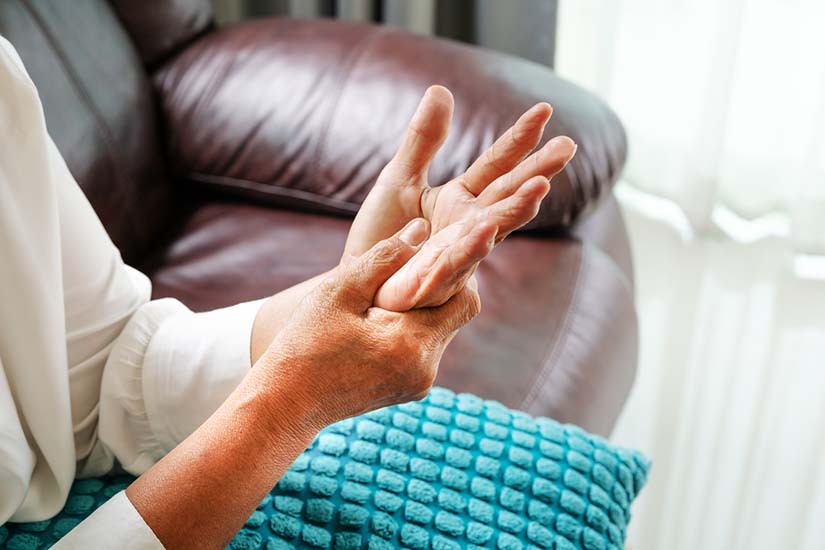As we grow older, one of the most common fears is losing the ability to engage in the activities we once enjoyed. If you’ve started experiencing pain or stiffness in your hands, knees, hips, or any other joint, the concern about arthritis might have crossed your mind. Wondering if it’s arthritis and what you can do about it? While only a medical professional can provide a definite diagnosis, there are warning signs you shouldn’t ignore. Here are some indications that you might have arthritis:
- Pain or swelling in one or more of your joints.
- Stiffness after prolonged periods of inactivity, such as in the morning.
- Pain and stiffness that improves with physical activity.
- Reduced range of motion.
- In some cases, symptoms may include fatigue, weight loss, or fever.
If you suspect arthritis, taking action promptly is crucial. Make an appointment with your doctor and keep track of your symptoms before the visit. Note where you experience pain and stiffness, how long it lasts, and if any additional symptoms accompany it. If you have a fever, seek immediate medical attention.
During your examination, your doctor will assess your joints’ range of motion, possibly asking you to move them or moving them for you. Your medical history will be discussed, and lab tests may be ordered. In some cases, a specialist referral may be necessary. The earlier you can get an accurate diagnosis, the sooner you can receive recommended treatments so that you can begin living life with less pain.
Managing Arthritis Pain:
There are several non-medical methods to alleviate arthritis pain:
- Keep your joints moving with gentle stretches and low-impact exercises like walking, cycling, or swimming (avoid high-impact exercises).
- Practice good posture, manage your weight, and quit smoking.
- Try therapies like hot and cold packs, massage, physical therapy, or acupuncture for potential relief.
- NSAIDs (nonsteroidal anti-inflammatory drugs) like Advil or Tylenol can help reduce inflammation and ease pain, but it’s essential to discuss their use with your doctor or pharmacist due to potential side effects.
- Consider creams containing NSAIDs that can be applied directly to the affected joints.
- Utilize assistive devices like walkers, canes, shoe insoles, bathroom safety bars, etc., to perform daily tasks with less pain.
- Your doctor may recommend injections (such as cortisone or hyaluronic acid) to lessen the pain or to provide a cushion around affected areas.
- In severe cases, surgery, such as joint repair, joint replacement, or joint fusion, might be recommended by your physician.
Contact Brant Arts for Support:
At Brant Arts, we understand the challenges of living with arthritis pain and are here to help. Our caring team of pharmacists offers expert advice, pain remedies, and assistive device recommendations. Take the first step towards managing arthritis and enjoying life to the fullest. Call or visit us today!











